“I’ve been dyeing my hair for years but never really thought about what’s in it…” If this sounds like you, it’s time for an eye-opening reveal and to rethink your hair colour routine!

No one has ever stopped to wonder what’s really in those bottles and tubes. In this blog, we’ll uncover the ingredients in your hair colour, what they do, and the potential concerns they raise. You’ll also learn to get the vibrant hair colour you love without the damage. Let’s dive in
Before we dive into ingredients, let’s get clear on the types of hair colour:
1. Temporary hair colour

This coats the outer hair shaft for a quick pop of colour that washes out within a few shampoos.
2. Permanent hair colour
The game-changer for lasting color! It enters the hair shaft, chemically altering your natural pigment. This offers a longer-lasting change until your hair grows out or you dye it again. There are two main kinds:
- Oxidative: The most popular type, usually mixed with a developer to open the hair cuticle for the color to penetrate. It provides long-lasting results.
- Non-Oxidative: A gentler option that also enters the hair shaft but doesn’t need a developer.
Now, let’s uncover the truth about permanent hair colour ingredients and their potential health impacts, empowering you to make informed choices.
Some Common Ingredients Used In Chemical Hair Colours
While you love your fresh new hair colour, some ingredients in that chemical hair colour could be better for you. As a conscious consumer, it’s important to understand the ingredients and their impact on your health. So, let’s break them down together. We will carry you through the process of dyeing your hair and the ingredients used in it.
PPD (P-Phenylenediamine) For Preparing the Colour Mixture

First of all, the colour mixture is prepared. The colour mixture typically contains the colourant and the developer. The most popular colourant used is PPD, which reacts with the natural proteins in your hair, depositing colour pigments and creating your desired shade. Some studies show that exposure to PPD can cause skin allergies, reactions, respiratory issues & cellular damage.
Hydrogen Peroxide

It is the developer used in the prepared mixture. Hydrogen peroxide works as an oxidising agent. It breaks down the natural melanin pigments in your hair, making it lighter. The stronger the developer, the more melanin it removes, leading to greater lightening. Repeated exposure to hydrogen peroxide, especially with higher volumes, can dry out the hair, making it brittle and prone to breakage. It can also alter the hair texture over time.
Ammonia for Raising Hair pH

Ammonia and ethanolamine are basic (alkaline) compounds. When applied to hair, they increase its pH level from its natural slightly acidic state (around pH 5.5) to a more alkaline range (around pH 8-10.5). This increase in pH disrupts the hair’s natural hydrogen bonds and loosens the scales of the cuticle layer (the outer layer of the hair). This creates a gap between the cuticle scales, like opening a gate. Ammonia can disrupt the protein bonds within the hair (keratin), leading to dryness, brittleness, and loss of elasticity. The drastic lifting of the cuticle layer weakens the overall hair shaft, making it more porous and increasing its susceptibility to breakage and split ends.
Ethanolamine To Swell the Hair Cuticle

As the colour is applied to the hair, ingredients like ethanolamine may be used to neutralise colouring intermediates and swell the hair cuticle further, which helps facilitate the penetration of the colour pigments deeper into the hair. However, ethanolamine may also damage the hair and increase the risk of hair loss. Additionally, there’s a potential risk of birth defects associated with its use.
Resorcinol For Colour Longevity

Resorcinol is often included in hair colour formulas to help the colour molecules bond to the hair and form larger color molecules that deposit into the hair’s cortex. While it aids in achieving long-lasting colour, it can also cause scalp irritation and may act as an allergen, affecting the endocrine system.
DMDM Hydantoin

DMDM Hydantoin is a preservative used in hair colour formulations, prolonging their shelf life. It prevents the growth of bacteria and fungi in the hair colour, extending its usability. However, this ingredient may cause tissue irritation and impact the immune system. It also gradually releases formaldehyde, a known irritant and potential Carcinogen.
SLS (Sodium Lauryl Sulfate)

Some hair colours contain SLS, which acts as a cleansing and foaming agent. While it helps remove dirt and oils from the hair, it can also strip away essential natural oils, leaving the hair weak and prone to breakage. Furthermore, SLS can cause skin irritations and makes hair more prone to frizz and damage
Methylchloroisothiazolinone

After the colour is applied and processed according to the instructions, the hair is rinsed thoroughly to remove any remaining residue. It’s essential to be cautious during this step, mainly if the colour contains ingredients like methylchloroisothiazolinone, which may engage the immune system and irritate the skin, potentially causing permanent allergies.
While we’ve shed light on some of the most common culprits hiding in your hair dye, this is just the tip of the iceberg. The vast world of hair colouring uses numerous techniques, each with its own chemical cocktail.

That bottle promising “shiny and smooth” hair might also hold ingredients with surprisingly toxic effects, ranging from skin irritation and allergies to potential developmental issues.
Think about all those times you cringed at the ammonia fumes or felt your scalp sting after a dye job. Those were just the immediate warning signs. These toxic chemicals can persist in your hair for a very long period and damage the hair’s cuticle, leading to brittleness, premature ageing, and many other health concerns.
Long-Term Health Concerns Linked To The Use Of Chemical Hair Dyes
- Contact Allergy: Hair colouring-induced contact allergies may occur frequently, leading to Allergic Contact Dermatitis (ACD), which commonly occurs on the scalp, face, and hands of hair colour users and manifests as skin redness.
- Hair Loss: Hair colouring may cause hair loss. There is a close correlation between hair colour-induced ACD & hair loss.
- Respiratory Sensitisation & Allergies: Asthma & allergic rhinitis are common diseases caused by hair colouring. Hairdressers are also at a high risk of occupational rhinitis & asthma.
- Reproductive Toxicity: When mothers use hair colours before pregnancy, there is an elevated risk of infantile abnormal birth weight, which reflects the poor health of the fetus & mother, which could contribute to the occurrence of obesity, malnutrition, hypertension, cardiovascular diseases & cancer in the child in the future.
- Thyroid Hormone Synthesis Disruption: Resorcinol in hair colours may disrupt thyroid hormone synthesis & cause goitrogenic effects.
- Bladder Cancer: People exposed to hair colours at work, such as hairdressers and barbers, have found a small but relatively consistent increased risk of bladder cancer.
- Breast Cancer: There are mixed results of studies looking at a possible link between personal hair colour use & breast cancer. Many studies have not found an increase in risk, although some more recent studies have.
- Blood-Related Cancers (Leukaemia, Lymphoma & Non-Hodgkin Lymphoma): Studies looking at a possible link between personal hair colour use and the risk of blood-related cancers such as Leukaemia, Lymphoma, and Non-Hodgkin Lymphoma have had mixed results.
- Maternal Hair Dyeing-Induced Childhood Tumours: Hair colouring during the month before pregnancy, during pregnancy or while breastfeeding is a risk factor for offspring health. Hair colours contain Endocrine-Disrupting Chemicals (EDCs), which may contribute to Neuroblastoma, a childhood cancer associated with maternal hair colour use.
It was crucial for you to understand the health impacts of chemical hair colours so that you can make informed choices about hair-colouring products. You must also know about their irreparable damage if you use them frequently.
Consequences Of The Repeated Use Of Chemical Hair Colours
If you use chemical hair colours frequently, it can lead to hair damage & allergic reactions.

Hair damage may include dryness, breakage, brittleness, shine loss, scalp irritation, inflammation, hair loss, dandruff-causing fungus, weakening hair fibres, and permanent hair strand damage.

Allergic reactions may include itchy scalp, breakouts, swelling, redness, rashes, blisters, skin irritation, contact dermatitis, respiratory issues, etc.
When you use chemical hair dyes quite frequently, you may experience cumulative damage to your hair and an increased frequency of reactions. Therefore, before choosing your hair dye, always check whether its ingredient list.
Natural Alternatives Of The Chemical Hair Dyes
Now that we’ve exposed the hidden culprits behind your dry, brittle hair, it’s time to tell you how to get the vibrant colour you love without the damage.
So let us tell you that there are natural alternatives available. Natural hair dyes often use plant-based ingredients like henna, indigo & herbal extracts to achieve vibrant colours without harsh chemicals. These alternatives provide a safer & healthier option for colouring your hair. By switching to natural alternatives, you can easily avoid nearly all synthetic ingredients, chemicals & toxins, resulting in a much healthier you!
Conclusion
So, next time you are eyeing that box of chemical hair dye, take a moment to think about what is best for you and your precious body. Remember, your hair deserves the absolute best, and with natural alternatives, you can achieve the vibrant colours you love without compromising your health!

We understand that it’s a shocking truth, but with knowledge comes empowerment. Now, you can make informed choices about the products you use and explore safer alternatives for your hair’s health and your overall well-being.




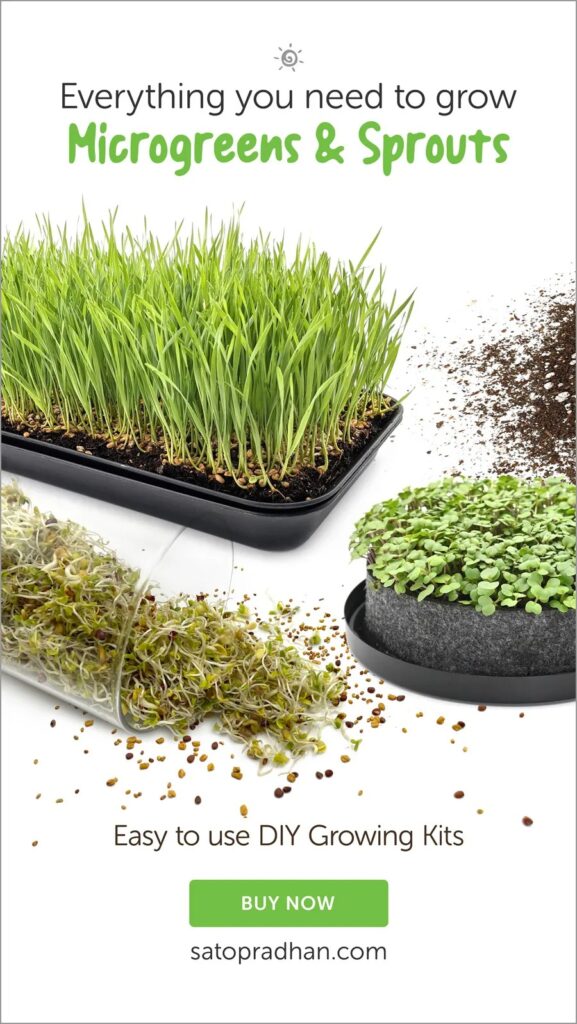
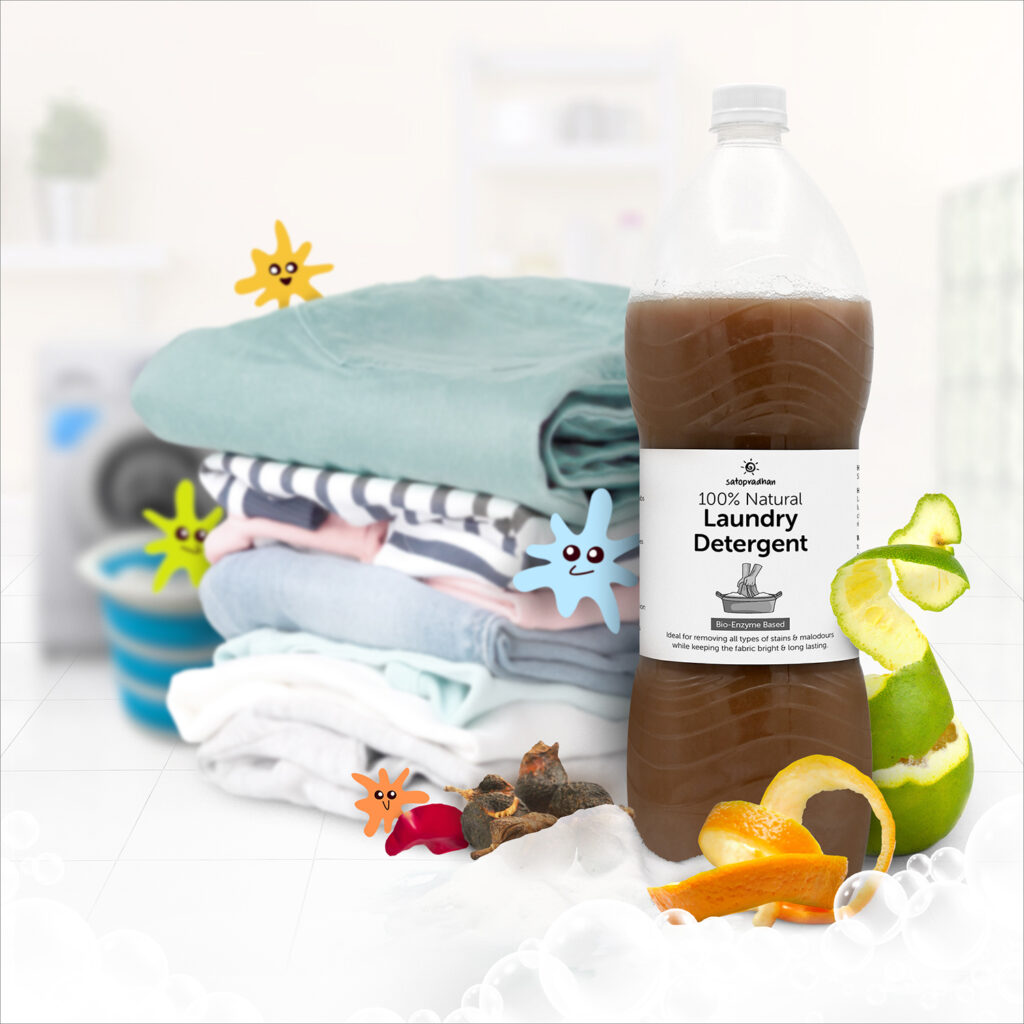
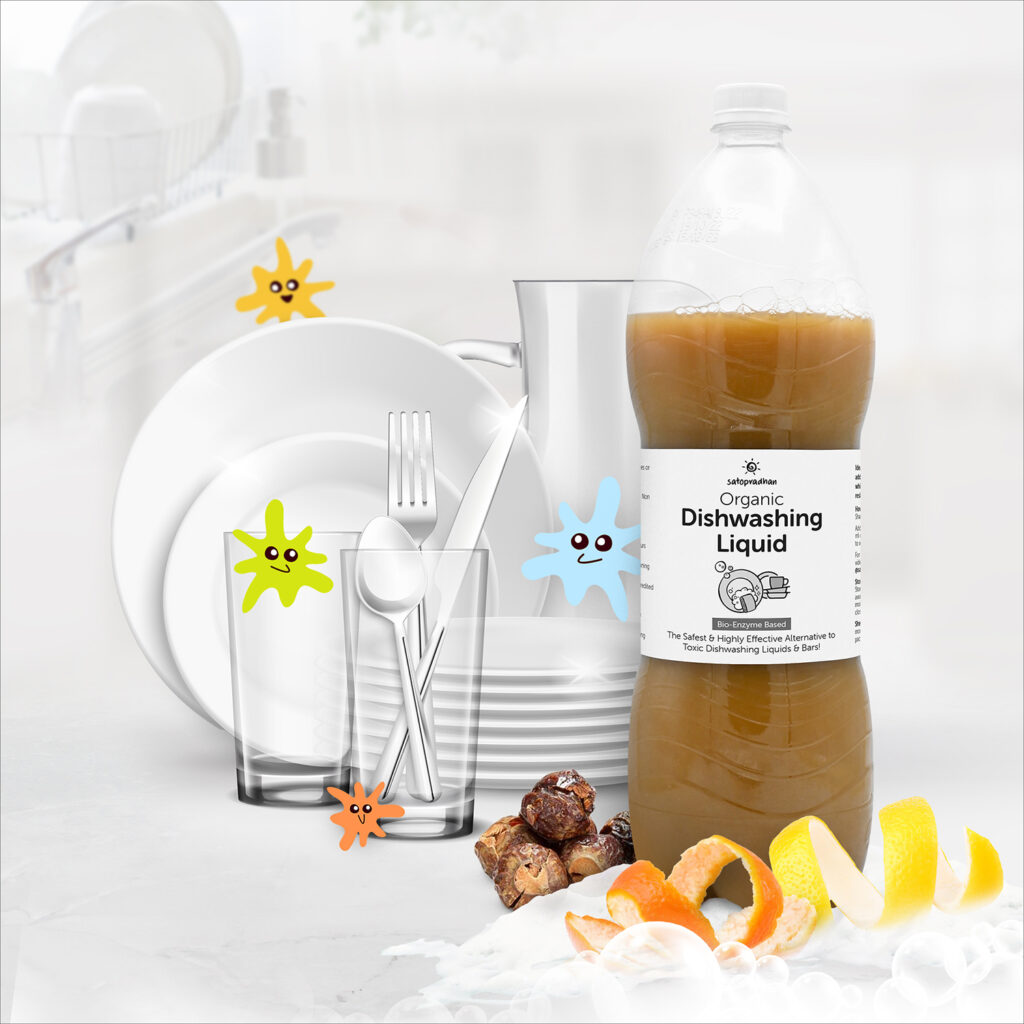
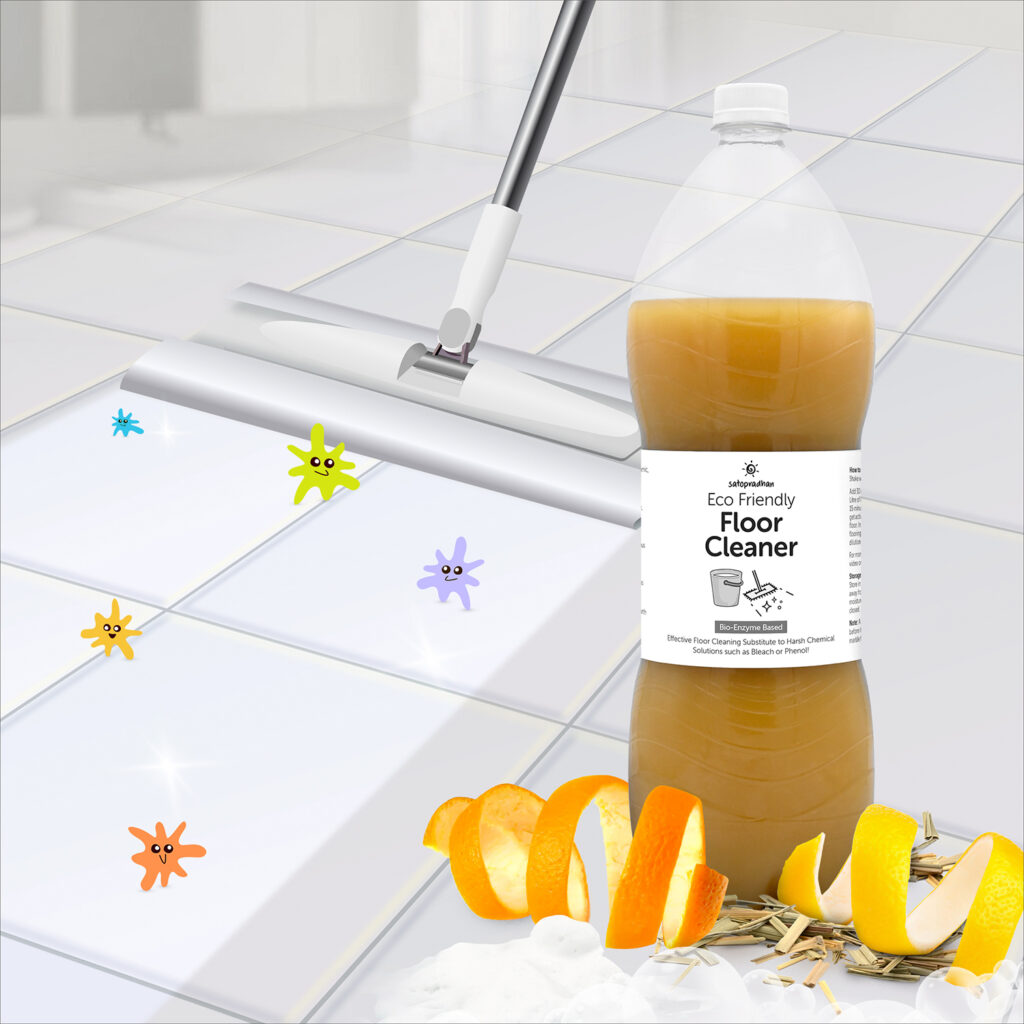
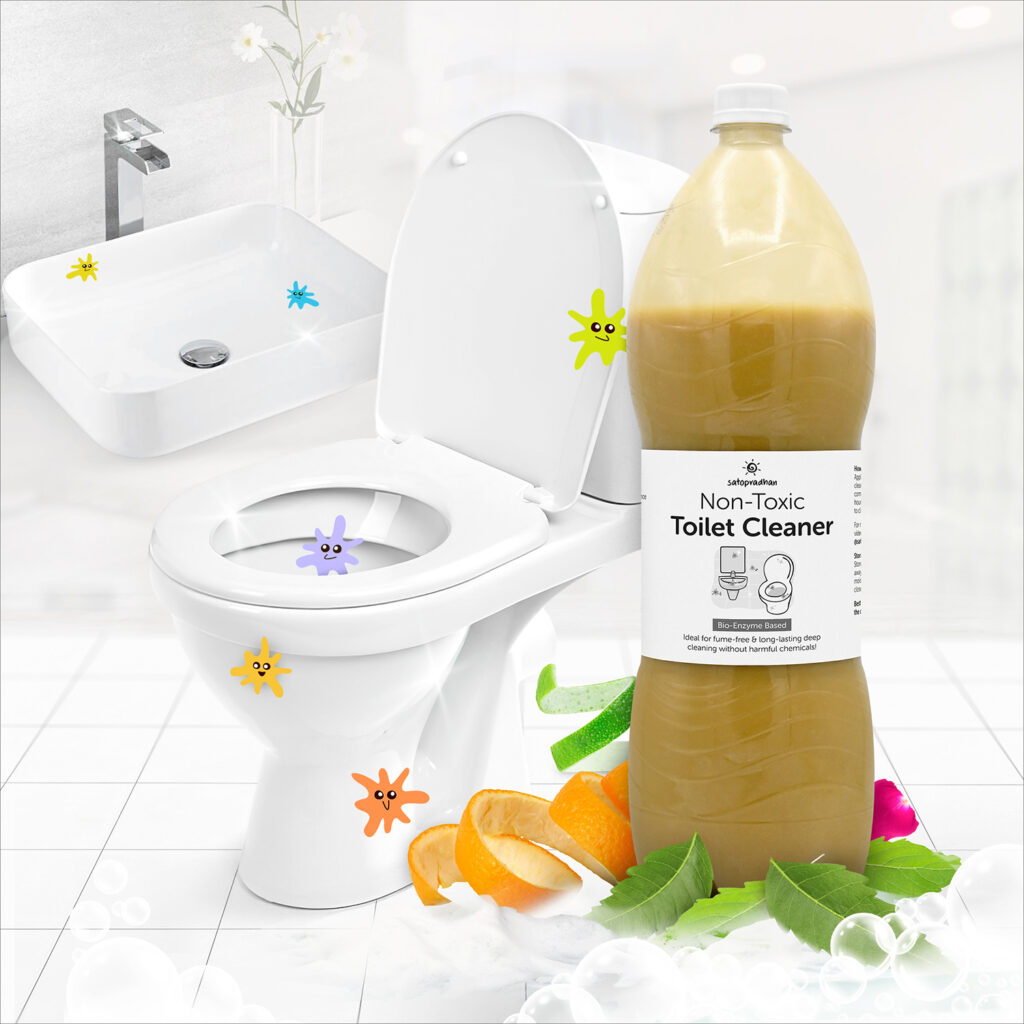
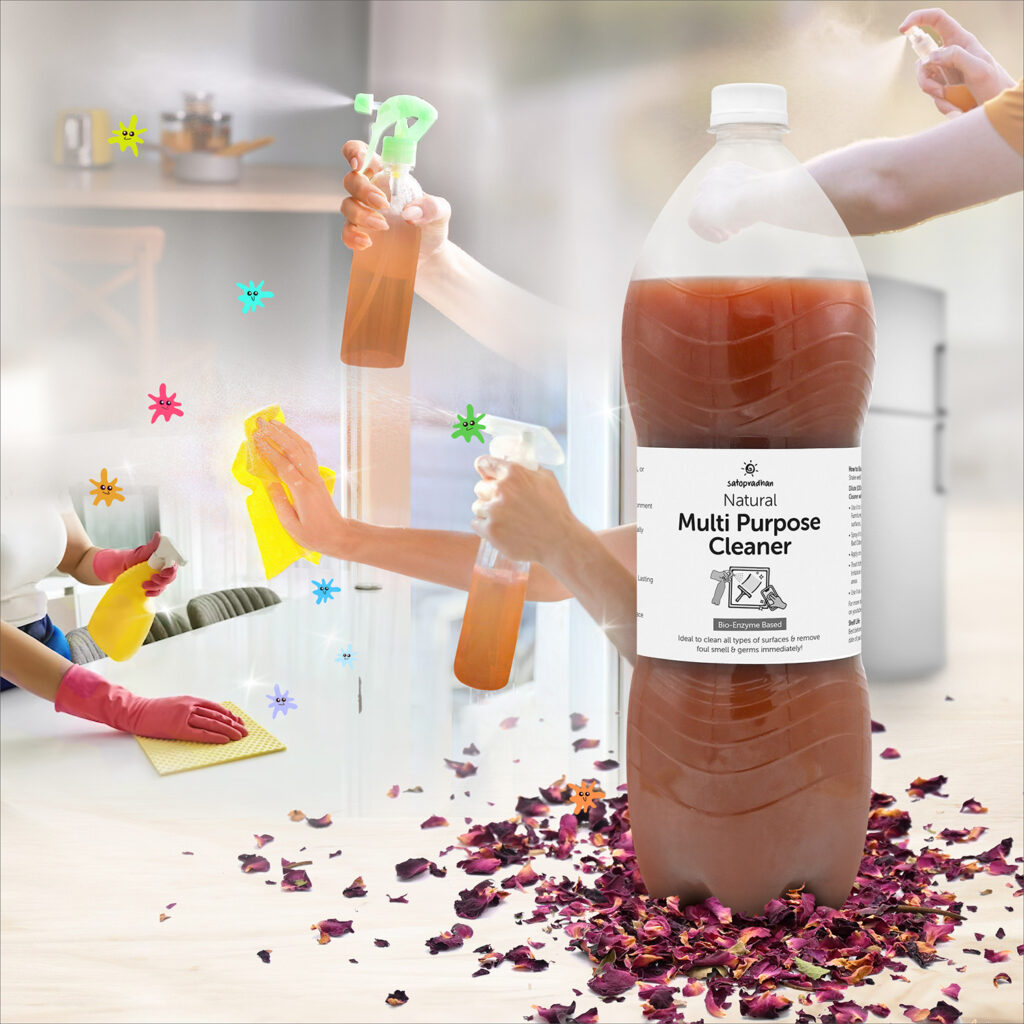
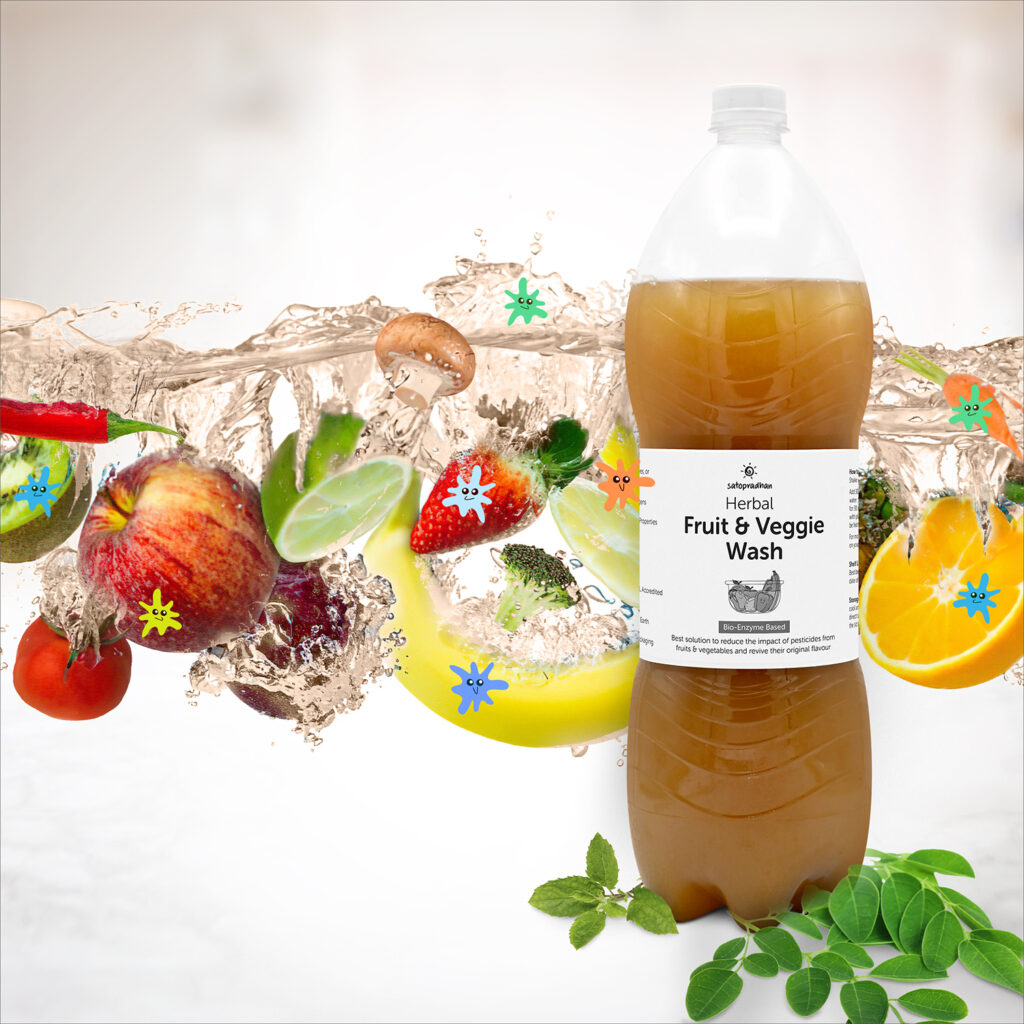
No Comments